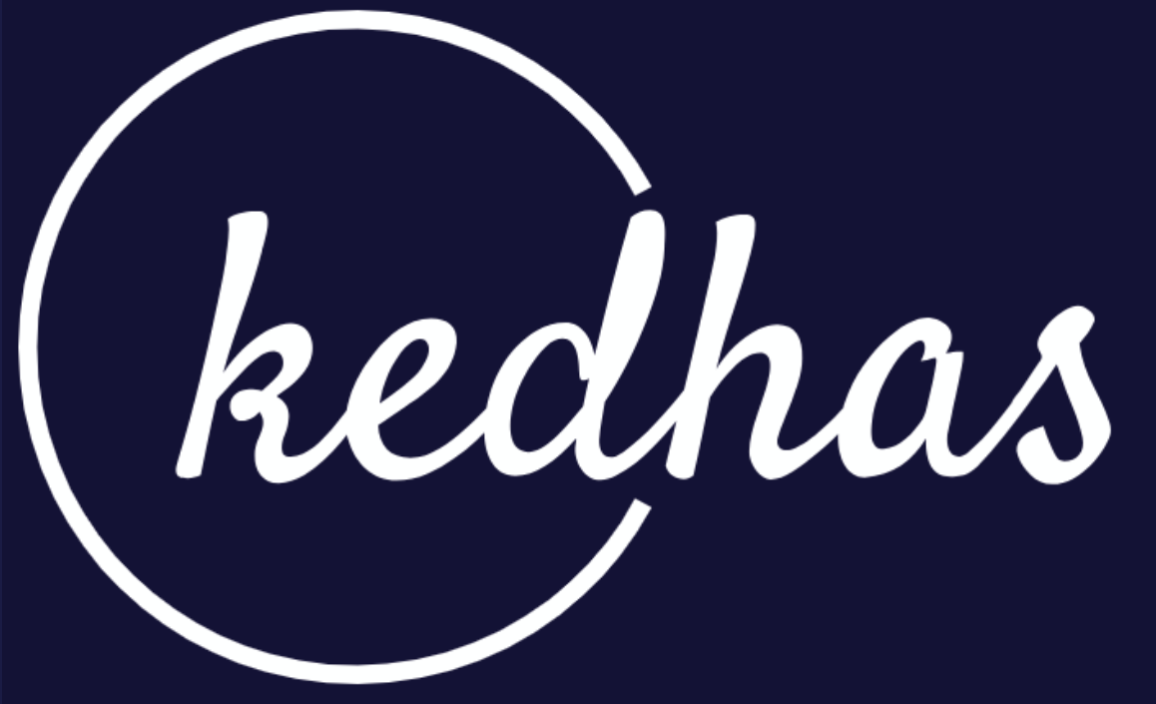React Components
A React Component is a JavaScript function or class that returns a piece of the user interface. Each component can have its own state, props (short for properties), and lifecycle methods. Components make it easy to manage complex UIs by breaking them into smaller, manageable parts.
Why Use React Components?
-
Reusability: Components are designed to be reusable. Once you create a component, you can use it throughout your application, which reduces code duplication and makes maintenance easier.
-
Modularity: React's component-based architecture promotes modularity. You can build and test components independently, making it easier to manage and scale your codebase.
-
Isolation: Each component encapsulates its own logic and UI. This isolation reduces unexpected side effects and makes debugging more straightforward.
-
Composition: You can compose complex UIs by combining smaller, simpler components. This composability is a fundamental concept in React.
Types of React Components
There are two primary types of React components:
-
Functional Components: These are JavaScript functions that return JSX (JavaScript XML). They are simple and concise, primarily used for presentational components.
-
Class Components: These are JavaScript classes that extend
React.Component. Class components are used when a component needs to manage state or have lifecycle methods.
Key Concepts
Here are some key concepts related to React Components:
-
Props: Props are a way to pass data from parent components to child components. They are read-only and help in making components reusable.
-
State: State is used to manage data that can change over time within a component. Class components have state, while functional components can use the
useStatehook to manage state. -
Lifecycle Methods: Class components have lifecycle methods like
componentDidMount,componentDidUpdate, andcomponentWillUnmountthat allow you to hook into different stages of a component's life.
Modules Covered
These topics will be covered inside the "React Components" module:
- Functional Components: Exploring functional components in React.
- Class Components: Understanding class components in React.
- Props and PropTypes: Working with props and PropTypes in React.
Conclusion
React Components are the fundamental building blocks of React applications. Whether you're creating simple UI elements or complex user interfaces, understanding and mastering React Components is key to becoming proficient in React development.
In the following sections, we'll explore functional and class components in more detail, dive into props and state, and learn how to manage the lifecycle of React components. Let's get started!
This introductory page provides an overview of React Components, their importance, and key concepts related to them. It sets the stage for further exploration of functional and class components, props, state, and lifecycle methods in React, all of which will be covered within the specified module.
Book a conversation with us for personalize training today!

